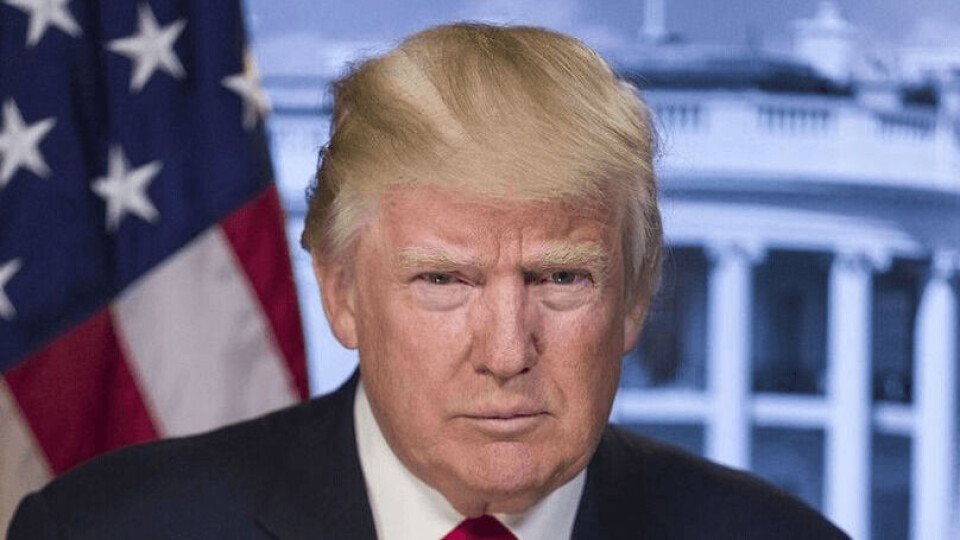
Trump bids to take the chains off US fish farming
An Executive Order by President Donald Trump that is intended to kickstart offshore aquaculture in the United States has been welcomed by a seafood industry coalition promoting fish farming.
Stronger America Through Seafood (SATS) has been supporting efforts for an Aquaculture Act to cut through the red tape that has strangled aquaculture development in the US.
Bill DiMento, president of SATS and vice president of corporate sustainability and government affairs at seafood processor and distributor High Liner Foods, said: “The President’s Executive Order is an important step towards improving the competitiveness of the entire US seafood supply chain.

“It provides regulatory reform to maximise commercial fishing while also enabling producers to revolutionise American seafood production through sustainable offshore aquaculture. Combined, these measures will strengthen our coastal and agricultural communities and create thousands of jobs.”
Reducing barriers
Trump’s Executive Order increases coordination among agencies and clarifies existing regulations to reduce barriers that currently limit offshore aquaculture in federal waters.
It also outlines regulatory reform to maximise commercial fishing, combats illegal, unreported and unregulated (IUU) fishing, and outlines a process for developing Aquaculture Opportunity Areas suitable for commercial aquaculture in federal waters, taking into consideration input from all stakeholders and relevant agencies.
“The United States has the technology, the skilled work force, the coastal infrastructure, and the growing market for healthy farmed seafood,” said DiMento.
“Our country needs economic stimulus – not just in terms of immediate cash assistance, but also in the form of new job opportunities. Why not put Americans back to work in an emerging industry like aquaculture at a time when it is needed most? Today’s executive action recognises and fulfils this need in a pragmatic, deliberate way that is long overdue.”

Supplementing wild capture
Sean O’Scannlain, president and chief executive of seafood distributor Fortune International and a board member of SATS, said: “The US seafood community has long understood the importance of supplementing wild-capture fisheries with sustainably farm-raised seafood.
“We simply cannot meet the rising global demand for healthful animal protein without farming fish. We need both sustainable, local food and new job opportunities for newly unemployed Americans.”
The Executive Order points out that the US imports more than 85% of the seafood it consumes, adding that more effective permitting related to offshore aquaculture, along with streamlining of fishery regulations, has the potential to revolutionise US seafood production.
Two-year limit
The Order sets a time limit of two years for the environmental review or authorisation of aquaculture projects when two or more agencies are involved.
As part of that measure, the National Oceanic and Atmospheric Administration (NOAA) is designated as the lead agency for aquaculture projects located outside of the waters of any state or territory and within the exclusive economic zone of the US.
The Order also requires that within the 12 months the US Secretary of Commerce, currently Wilbur Ross, must identify at least two geographic areas containing locations suitable for commercial aquaculture. Within two years of identifying each area, a programmatic environmental impact statement (EIS) for each area must be completed to assess the impact of siting aquaculture facilities there.
Two additional geographic areas must be identified in each of the following four years, making 10 Aquaculture Opportunity Areas in total.
Trump is also requiring that Ross’s department publishes a single document that describes the federal regulatory requirements and relevant federal and state agencies involved in aquaculture permitting and operations, and identifies federal grant programs applicable to aquaculture siting, research, development, and operations.
Read the Executive Order in full here.























































